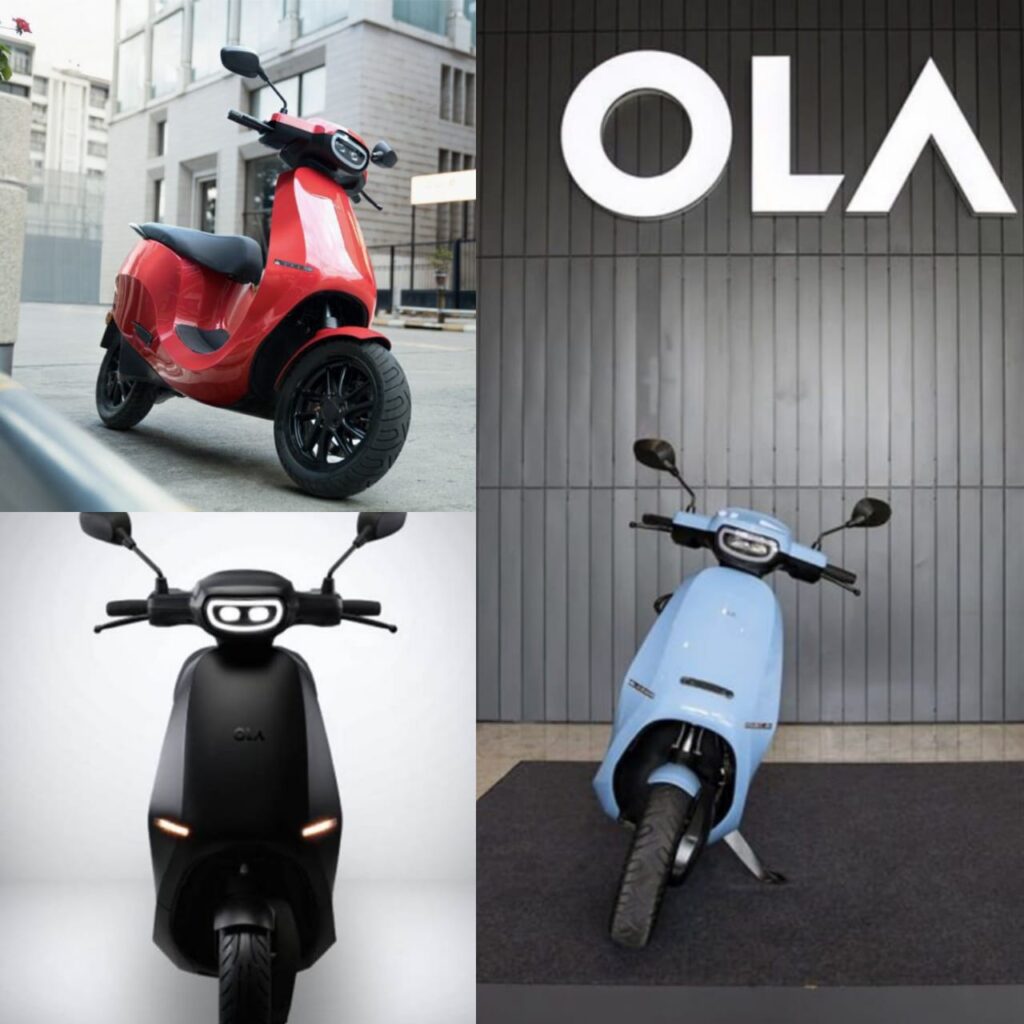

Ola Electric is developing solid-state battery technology, according to Bhavish Aggarwal.
Ola Electric is working on building solid-state batteries and hopes to have its vehicles powered by its own cells next year, the founder and chairman of the SoftBank Group-backed electric scooter maker said on Saturday.
Chairman Bhavish Aggarwal stated, “We are at a very early stage of our experimentation on solid state batteries.”
Aggarwal said he expects Ola’s own cells to power its electric scooters, which are among the best-selling electric scooters in India, early next year when commercial production begins at its cell ‘gigafactory’ in southern Tamil Nadu state.
The facility is part of an Ola Electric division, and it has been chosen for the government’s battery manufacturing incentive program.
Solid-state batteries are expected to offer better safety, longer lifespan and faster charging than traditional lithium-ion batteries that use flammable liquid electrolytes. But mass adoption has proven difficult due to lack of raw material availability, complex manufacturing processes and resulting high costs.
Japan’s Toyota Motor, the world’s largest automaker, is a big supporter of solid-state batteries and hopes to launch them globally in the next few years.
Ola currently does not produce its own cells but sources them from South Korea’s LG Energy Solution and China’s Contemporary Amperex Technology.
Localising cell manufacturing is seen as a key step in reducing the upfront cost of EVs, with cell sourcing being one of the biggest costs for most EV makers.
The Bengaluru-based firm has already started manufacturing the more efficient 4680 form of battery cells, but only for testing.
These cells are thought to be more efficient than their commonly used 2170 counterparts, but many manufacturers, including Tesla, have had difficulty increasing production.
Ola’s 4680 cell has received a key domestic certification, Aggarwal said. He said the company will have an initial capacity to produce about 1.5 gigawatt hours (GWh) worth of cells annually, for which it has invested $100 million.
